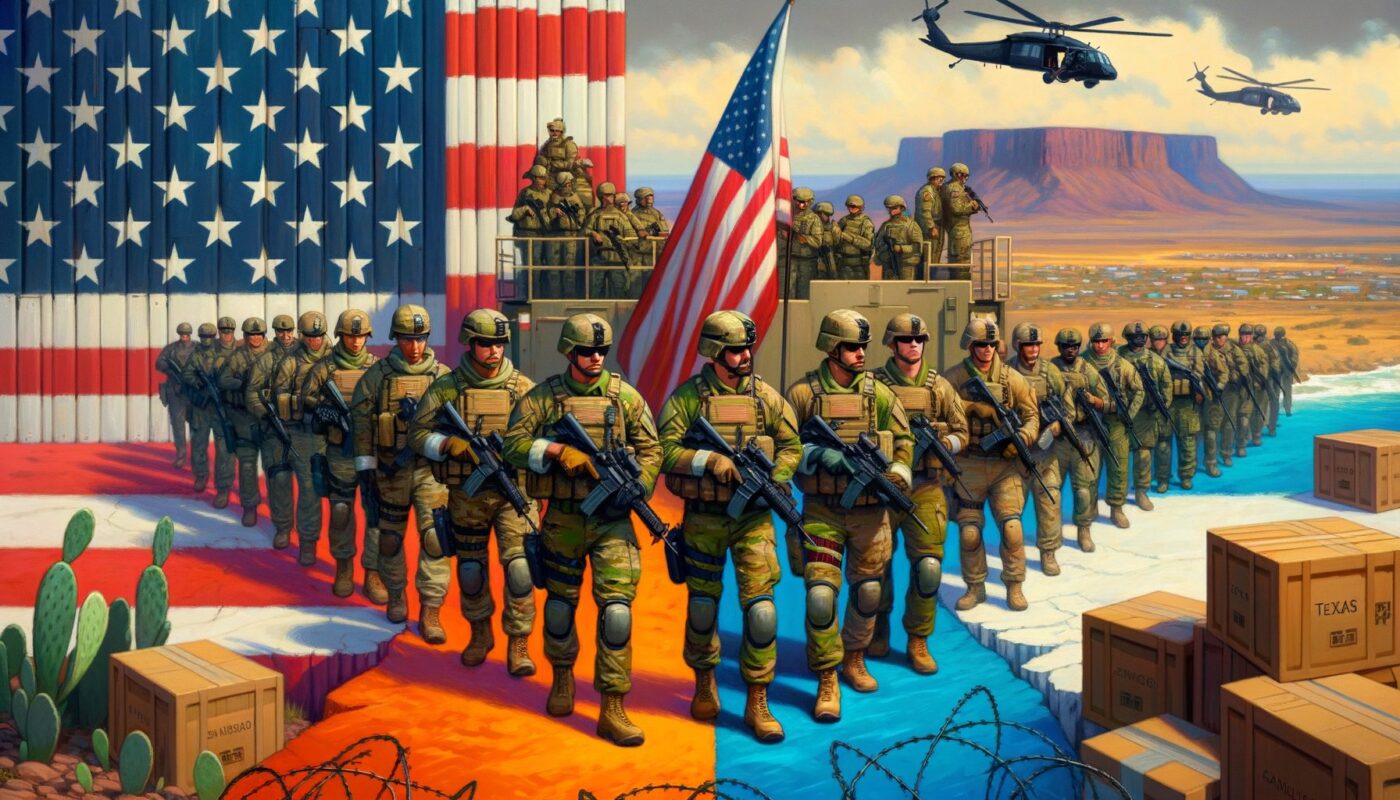As the United States grapples with ongoing border security challenges, active duty troops are making their way to critical areas in Texas and San Diego. This significant deployment aims to bolster the existing border protection framework and provide vital support to local authorities.
Why Active Duty Troops Are Being Deployed
This recent troop deployment stems from an executive order aimed at intensifying measures at the southern border. The Pentagon’s commitment involves the mobilization of approximately 1,500 troops, marking the beginning of a larger strategic initiative. Reports indicate that these troops primarily consist of 1,000 Army soldiers from various units and 500 Marines from Camp Pendleton in California.
The necessity for these reinforcements becomes evident considering the nearly 2,000-mile stretch of the US-Mexico border, which demands comprehensive oversight. As quoted in an Associated Press article, “defense and homeland security leaders iron out requests for more support,” indicating that more deployments might soon follow this initial wave.
Current Troop Distribution and Responsibilities
The bulk of the incoming forces is expected to be stationed in El Paso and San Diego, with specific responsibilities tailored to enhance the operational capacity of border security agencies. These troops are not taking on law enforcement duties but rather supporting logistical and structural operations. This includes installing concertina wire barriers, providing transportation, intelligence, and other crucial back-end support to the Border Patrol.
Currently, there are about 2,500 Guard and Reserve forces already actively engaged at the border. As the situation evolves, the presence of additional active duty forces is seen as essential to maintaining and strengthening border security.
Political and Social Implications
While the deployment is chiefly aimed at enhancing security, it also underscores the political climate surrounding immigration policies. The move is part of a broader national discourse on how best to manage immigration in a secure yet humane manner. To better understand the intersection of state and national policy, you might find it insightful to read about how Texas’s budgetary challenges influence state decision-making.
Future Prospects and Challenges
The duration and scope of this military support remain in flux as further troop deployments are anticipated. Military officials suggest the total number of troops may escalate into the thousands, drawing from various components of the armed forces, including active duty, National Guard, and Reserves across land, air, and sea branches.
As military leaders and lawmakers continue to evaluate the effectiveness of these deployments, the focus remains on ensuring that these efforts balance national security needs with the humane treatment of migrants. Stay informed about related defense initiatives in our article on increased defense spending amid geopolitical tensions.
The addition of these troops marks a significant phase in the ongoing dialogue regarding border security and immigration policy. The outcome of these efforts will likely provide valuable insights into the future of U.S. border strategy, further influencing legislative actions and defense protocols.
Warning : This information is indicative and without guarantee of accuracy. Consult a professional before making any decision.





